“I pledge allegiance to the flag–the white flag. I pledge allegiance to the flag of America. When they say “black” or “negro,” it means you’re not an American. I pledge allegiance to your flag. Not that I have to, but just for the hell of it I pledge allegiance. I pledge allegiance to the flag of the United States of America. The white flag, with no stripes, no stars. It is a prestige badge worn by a profitable minority.”Mingus: Charlie Mingus 1968 [Mingus / Mingus In Greenwich Village] (Thomas Reichman, 1968)
Nov
22
1968

Charles Mingus and Carolyn sharing an intimate father/daughter moment in their studio. DPs: Lee Osborne & Michael Wadleigh.
– Charles Mingus
1960s
El escapulario [The Scapular] (Servando González, 1968)
Nov
20

Padre Andrés (Enrique Aguilar). DP: Gabriel Figueroa.
“Oh, my God, Gerald! Shall I die?” Women in Love (Ken Russell, 1969)
Nov
18
.webp)
Bates and Reed in post-jostle bliss, bathing in the fireplace's glow (via). DP: Billy Williams.
A memorable fire or fireplace scene*
– Gudrun Brangwen
Oddly, one barely remembers the fireplace.
* the Bales 2025 Film Challenge for November is, again, not date-based, but follows a sloppy schmaltzy all-American Thanksgiving-y narrative. Trying to make it work my way.
“Look at us. We're almost totally dependent on our maid. She cooks and washes for us, and is the first person to greet me when I come home from work. She is entirely at our service.” 하녀 [Hanyeo / The Housemaid] (Kim Ki-young, 1960)
Nov
13
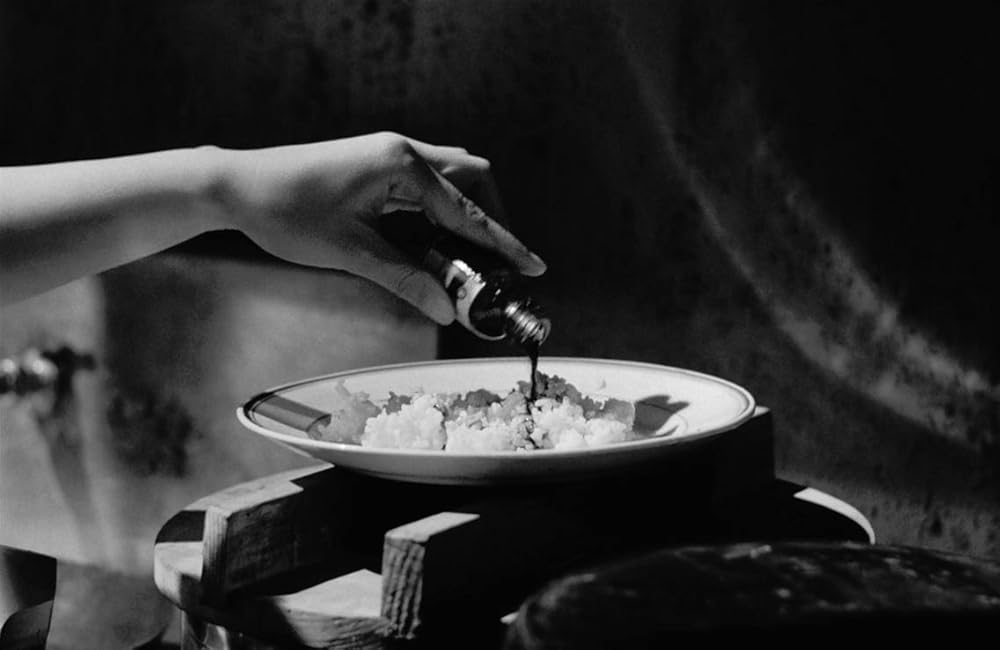
Adding one more ingredient. DP: Deok-jin Kim.
A memorable kitchen or cooking scene*
– Dong-sik Kim
A housemaid works her way into a middle-class household and takes over the wife's tasks – cleaning, cooking, child rearing.
* the Bales 2025 Film Challenge for November is, again, not date-based, but follows a sloppy schmaltzy all-American Thanksgiving-y narrative. Trying to make it work my way.
Bröllopsbesvär [Wedding: Swedish Style] (Åke Falck, 1964)
Nov
11
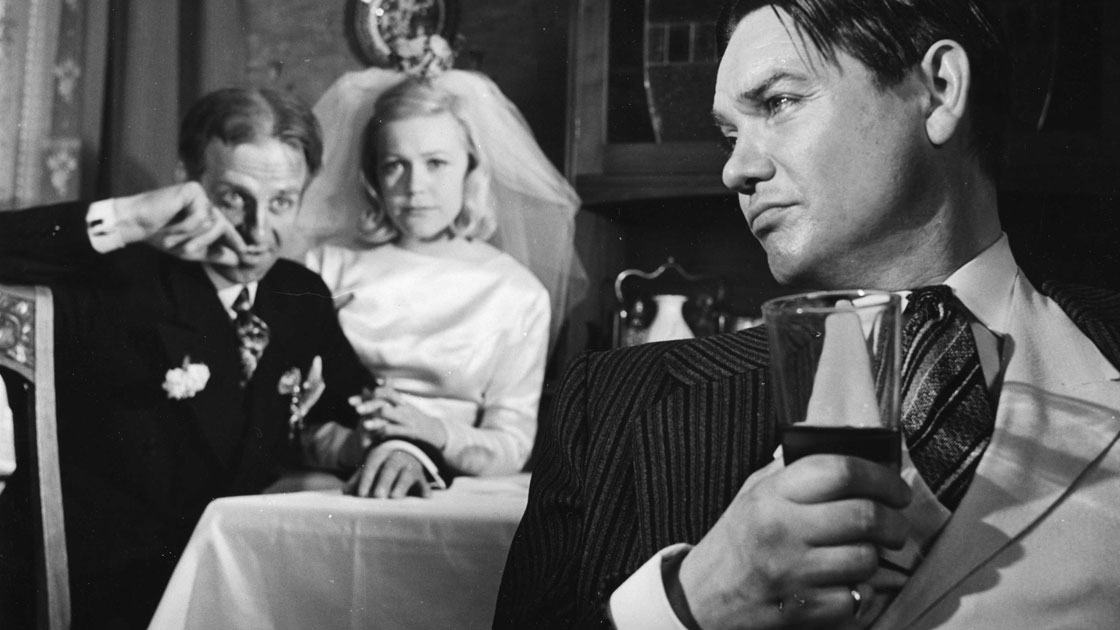
Bride and groom, and resentfulness at front. DP: Rune Ericson.
A dysfunctional family*
On a wedding day, and night, a family's dirty secrets are laid bare.
* the Bales 2025 Film Challenge for November is, again, not date-based, but follows a sloppy schmaltzy all-American Thanksgiving-y narrative. Trying to make it work my way.
we are not what we seemThe White Rose [The White Rose: Jay DeFeo’s Painting Removed by Angelic Hosts] (Bruce Conner, 1967)
Nov
9
1965

Workmen during the dismantling of The Rose in Jay DeFeo's studio on Fillmore Street, San Francisco on November 9, 1965. Screenshot taken from a clip made available by the Paula Cooper Gallery on Vimeo. DP: Bruce Conner..
– words inscribed in the bottom of DeFeo's painter's stool
“She's a strange breed.” Jules et Jim (François Truffaut, 1962)
Nov
4
sweaters
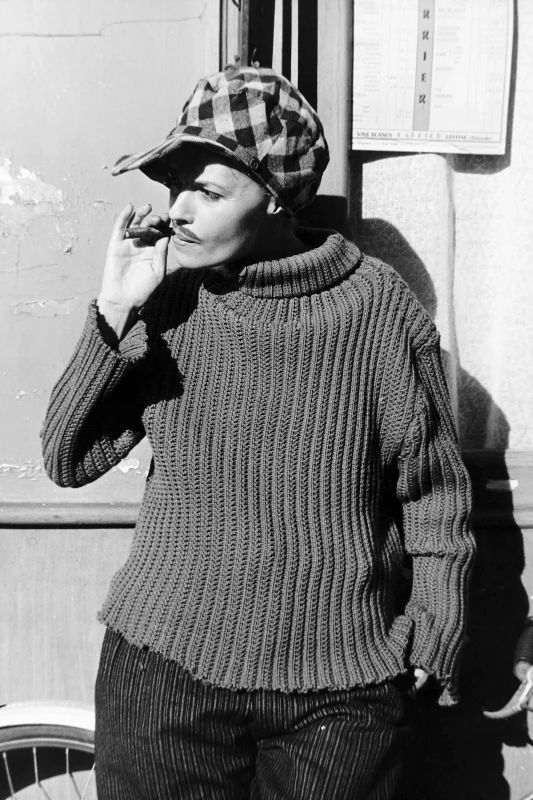
Catherine (Jeanne Moreau) in a raggedy, moth-eaten sweater and oversized newsboy cap, wears a moustache and smokes a cigar (via). DP: Raoul Coutard.
A movie with gorgeous sweater fashion*
– Jim
Throwing in a little Movember for good measure.
* the Bales 2025 Film Challenge for November is, again, not date-based, but follows a sloppy schmaltzy all-American Thanksgiving-y narrative. Trying to make it work my way.
3. November 1918 [Third of November 1918] (Edwin Zbonek, 1965)
Nov
3
1918
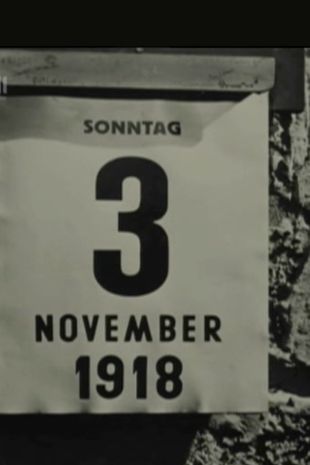
A calendar page for November 3, 1918. It's a Sunday. DP: Rudolf Sandtner.
Takes place on November 2 and 3.
“I'm a volcano of ideas.”I pugni in tasca [Fists in the Pocket] (Marco Bellocchio, 1965)
Nov
3
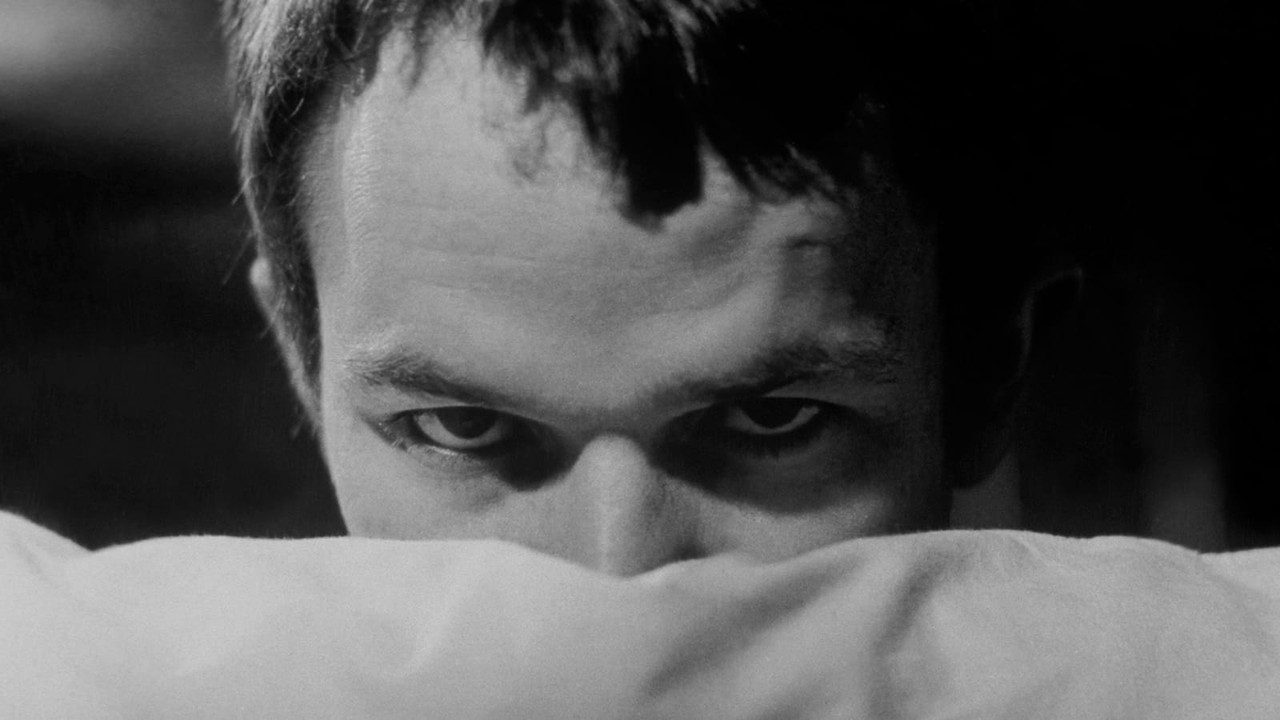
Alessandro (Lou Castel). DP: Alberto Marrama.
– Alessandro
“One… two… three… four… five… seven… six… six… eight… nine… nine…”Peace, little girl [Daisy / Daisy Girl] (Sidney Myers, 1964)
Nov
3
1964

Monique Corzilius aka Monique Cozy as the Daisy Girl. DP: Drummond Drury.
– Daisy Girl